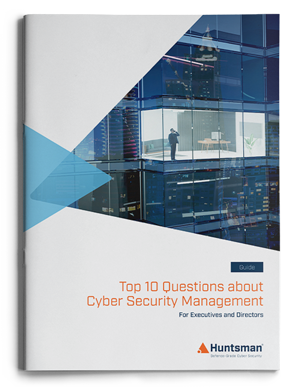Each year the UK’s NCSC, like many other intelligence and government agencies, releases a report on the year – its activities and successes, the challenges and changing environment. The report is available here and a summary is also available.
For NCSC this year’s report comes at an interesting time. The war in Ukraine has brought cyber security into sharp focus as Russian land and air assault has been accompanied by a wide range of cyber-attacks on Ukraine and its western allies.
The scourge of ransomware may not be rising at its earlier peaks, but it is still a primary focus for businesses and cyber security insurance providers. Good controls mean less risk.
The regulatory picture continues to vary across the globe as laws on privacy, corporate governance, communications and network protection adapt to the changing world.
The NCSC report is divided into three areas, but across all these, there is one undeniable trend that is evident: Cyber security is growing, and in every direction.
Some examples of NCSC’s achievements and updates are given below.
The threat landscape is broadly recognised as being a dynamic and expanding terrain. New attacks, new technologies, new ways to monetise attacks, state sponsored attacks based on geopolitical motivations, are all factors we have to deal with.
The NCSC report highlights several ways in which they have had to increase their advice and guidance to account for this growing problem:
- They have been focussing on infrastructure – especially telecoms networks – to respond to growing risks from the subversion or attack of these critical services.
- They have issued device and cloud security guidance recognising that businesses are increasingly depending on cloud-based IT and device access for customers and staff.
- SME and citizen guidance has been created for the average person and for small and micro businesses that are often sole traders or small employers, with little IT expertise or security awareness.
- Advice on network protection and zero-trust has given a clear steer to businesses of all sizes on how to adopt these principles to secure networks, systems and data.
- They have worked on vulnerability management – recognising the need to identify and fix vulnerabilities/apply patches in systems to prevent unpatched vulnerabilities being exploited.
Resilience refers to the ability of businesses and systems to survive and contain or minimise the impacts of a cyber-attack; to avoid what could be an easily detected and solved problem turning into a major crisis.
Here again, the numbers of incidents and the scale of increases in these makes some chilling reading:
- NCSC identified 6.5m suspicious emails and 62,000 scam URLs.
- They issued 34m “early warning” alerts to companies.
- They also saw a 90% increase in businesses signing up to their “early warning” service.
- There was a 15% rise in Cyber Essentials certifications and same on Cyber Essentials +.
- Over 300 companies are now licensed to act as Cyber Essentials certifiers (i.e. as consultancies or auditors).
- NCSC found that Cyber Essentials certified companies (i.e. companies that have invested in getting the basics right) were 60% less likely to make a cyber insurance claim.
- Users of NCSC’s protective DNS services were up 23%.
- Mailcheck users were up 43%.
- Exercise-in-a-box toolkit users up 42%.
Finally, NCSC reported some facts on the ecosystem, as they refer to it. The commercial, professional, service provision and educational establishments that play a role in cyber security. This is less relevant to individuals and companies per se, but does highlight the continued growth in the scale of problem-solving capability (in direct response to the growing problem).
They point to an increase in cyber security companies (up 24%) i.e. vendors, MSSPs, consultants etc.
There are now 63 certified/approved postgraduate/graduate university courses available in the UK.
Investment in NCSC-supported cyber security start-ups increased from £100m to £422m.
Our Conclusions
As stated above, this report is a summary of, and “round of applause” for, the work done by NCSC itself. The underlying picture however, is of a growing problem, and an industry and profession and solution space that is growing in parallel.
Three things seem clear:
- The threat landscape is complex, and growing.
- All (or at least most) businesses are improving their levels of security – this has two follow-up conclusions:
- If you AREN’T then clearly you are at risk, and it is hard to defend that when there is a wealth of guidance, technology and knowledge/experience available.
- If you ARE then as a business, how do you measure this improvement and track performance of the controls and processes you are putting faith in?
- There is a widely acknowledged, and proven, need to focus on cyber security basics – anti-phishing, vulnerabilities, common exploits, protection from trivial and widespread/widely known attacks.
Although this report focusses on the UK, it is also fair to assert that this same picture is repeated in other nations’ cyber security industries – Australia, United States, New Zealand Canada and across Europe in particular.
 About Huntsman
About Huntsman


